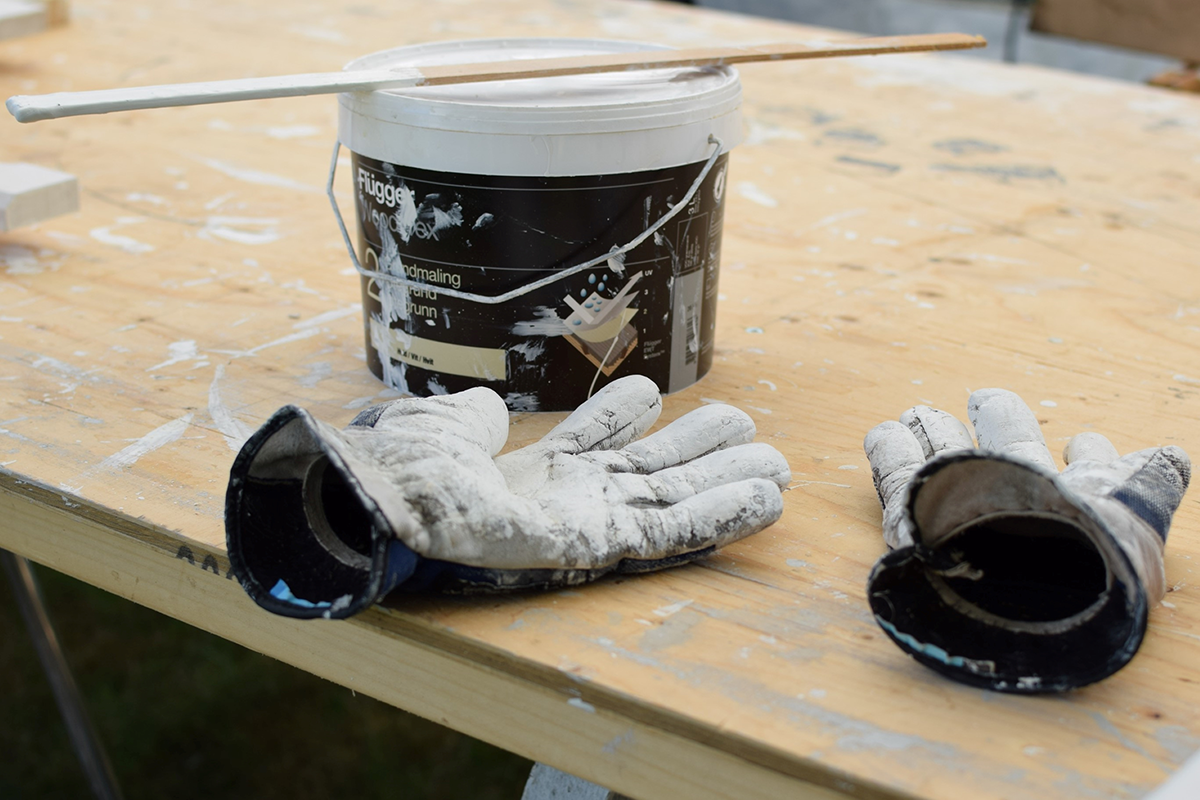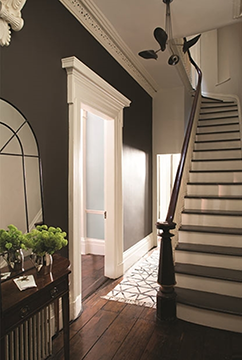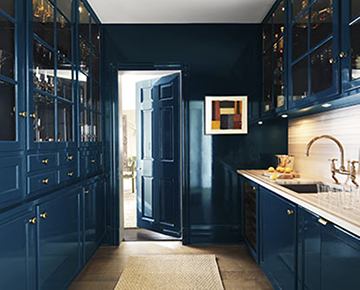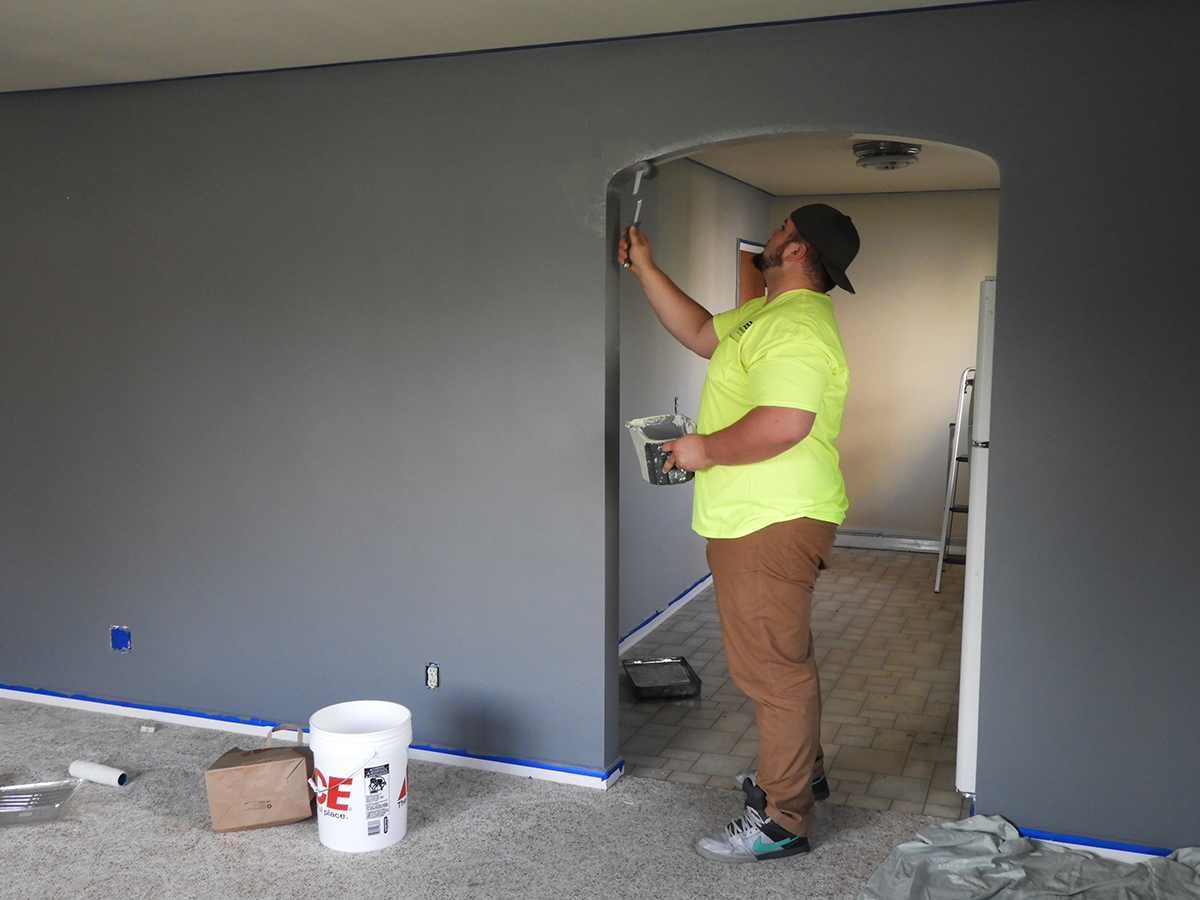
Lifescape
By Janet Armstrong, Certified Interior Designer, CAPS
Be ‘in the know’ before you start
Spring is that time of year when many of you are considering updates to your homes. I know a number of you have painting on your list and it truly is a quick, economical and relatively easy way to update and refresh your homes.
I say relatively easy, as a trip to the local home improvement store for paint, can mean you are faced with a lot of questions and decisions. The first involves the type of finish you want: matte, eggshell or semi-gloss? Next is the type of paint: alkyd, latex, oil? This can really put you on the spot and be cause for confusion. I share the following information to better prepare you for paint decisions when you visit your local paint or home improvement store. Consider it a paint primer —pun intended!
Paint finish
Paint finish refers to the amount of sheen that appears on your walls once the paint has dried. The basic rule of thumb when choosing a paint finish is the higher the sheen, the higher the shine — and the higher the shine, the more durable it will be. The following are the types of finish available to you:
Flat
Flat paint is a good choice for ceilings and low-traffic areas. It is also good for walls that are rough or damaged as it is the best paint for hiding imperfections.

Matte
A matte finish is very close to a flat finish and again is great for masking flaws on the surface to be painted. Generally matte paint is used on the ceiling where you don’t want any reflection, but it can also enhance the richness of a colour when used on walls and can make your walls appear almost velvety.
Satin
A satin finish is a soft sheen that does not have any glare like a high-gloss or semi-gloss paint. It is still washable and is fairly durable, which makes it a good choice for most rooms in your home.
Eggshell
Eggshell has slightly more sheen than a flat finish but won’t leave walls ‘shiny’. It resists stains better than matte and can be wiped with a wet rag, but note, it is not scrubbable.
Semi-gloss
Semi-gloss is more durable than eggshell, so will show less wear. It will reflect more light than eggshell when dry and show imperfections on the walls, so be sure to repair these before painting! Semi-gloss is the best finish for cleaning so is a good choice for a child’s bedroom or playroom, bathroom or kitchen and is also popular for trim, doors, and furniture. If the room you are painting is north facing, doesn’t get much light or is small, a semi-gloss finish works well as it reflects light and makes rooms feel brighter and more spacious.

High Gloss
Gloss paint is best for windows and trims. It also works really well for furniture due to its durable and shiny finish. Some also recommend glossy paint on walls for a glam look!
Types of paint
When I talk about the types of paint, I am referring to the content of the product, not the finish and each type does have its use in decorating your homes.
Latex
Latex is a water-based paint that dries quickly, cleans up easily with water and produces very little odour. It is the most used paint these days because it is easy to work with and doesn’t require chemicals to clean up.
Oil/Alkyd
Oil or alkyd paint dries slower, has a strong odour and requires chemicals to clean up painting tools — and yourself! The advantages of oil or alkyd paint are that it has a very durable finish that is resistant to stains, fingerprints and scratches. It is well suited to rough surfaces, furniture and floors as it sticks to surfaces very well.
Preparation
While it’s tempting to start right in once you have picked a colour and finish, but preparation is key, and you will be much happier with the results. First, fill in any holes and repair any damage to the dry wall or plaster. Filler now comes pre-prepared in small tubs which is much handier than trying to make a batch yourself and mixing and remixing to find the right consistency and amount (I don’t miss those days!).

Once the filler has dried and you have sanded it smooth and even, thoroughly wash the walls with TSP (trisodium phosphate) followed by a rinse. TSP is available from local home improvement stores and works three ways to make paint adhere better to the walls: degreases, deglosses and cleans. It is especially important to wash kitchen and bathroom walls with TSP before painting as the surfaces in these spaces can be greasy and have remnants of hair spray on the walls that will prevent paint from adhering.
If painting is on your list of spring updates and projects, this information will help you achieve a beautiful result no matter what room is on your to do list.
Janet Armstrong (simplyswankdecor.ca) is a graduate of the Interior Design Institute of Canada, CAPS (Certified Aging in Place Specialist) and a Director and Membership Chair with the National Board of the Decorators and Designers Association of Canada (DDA Canada).






